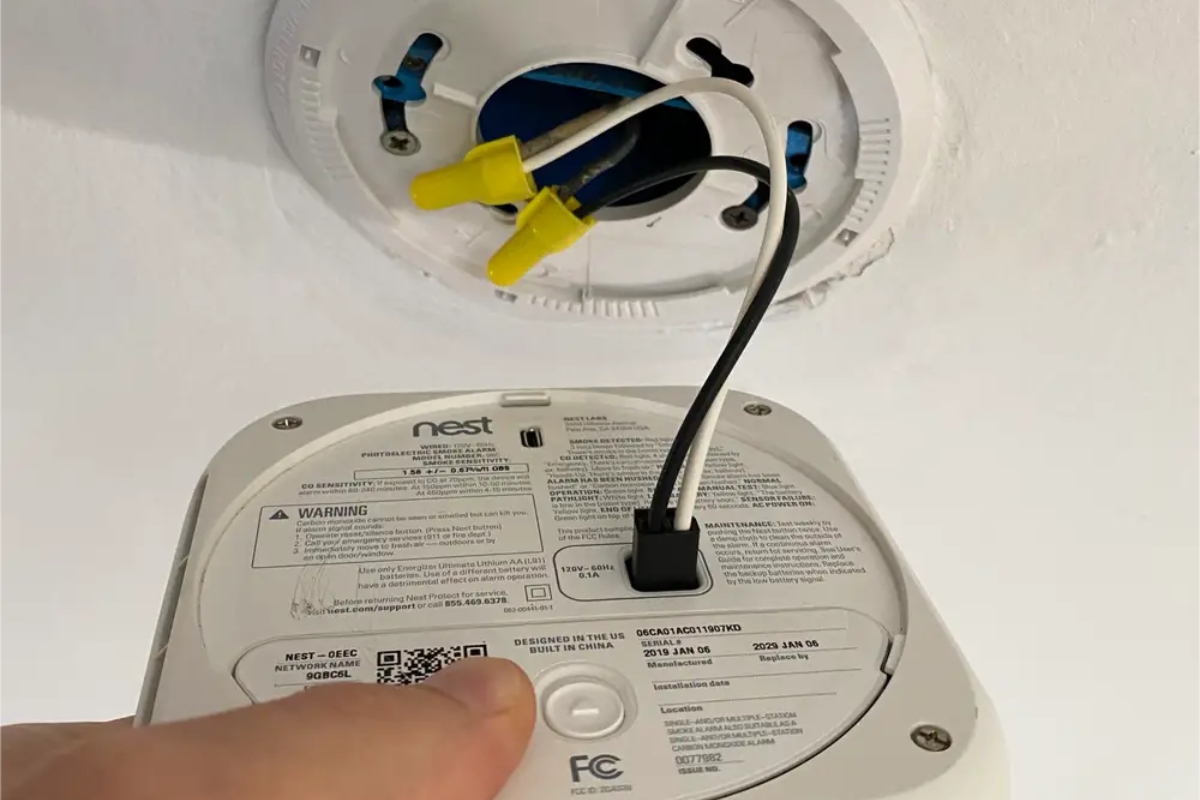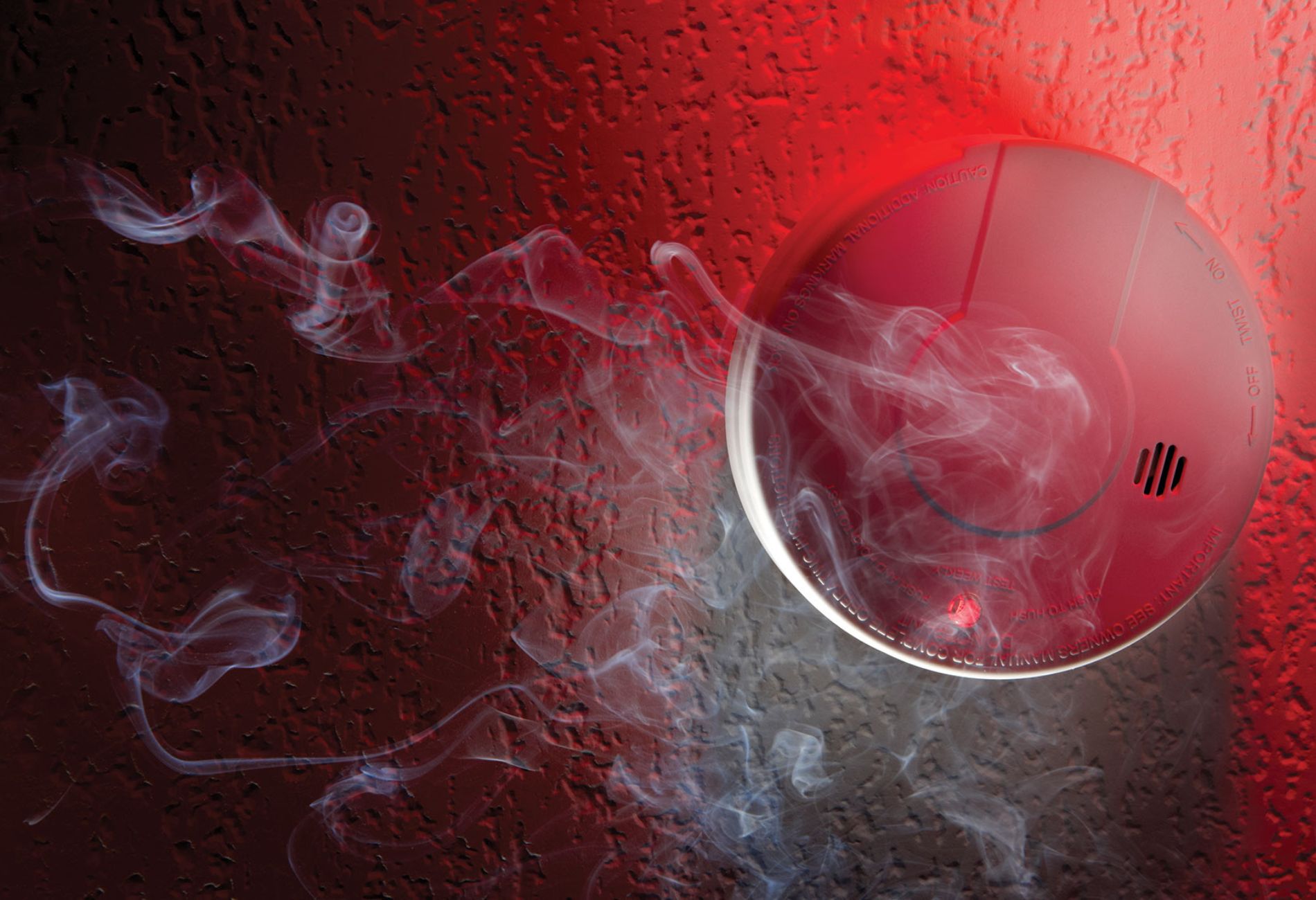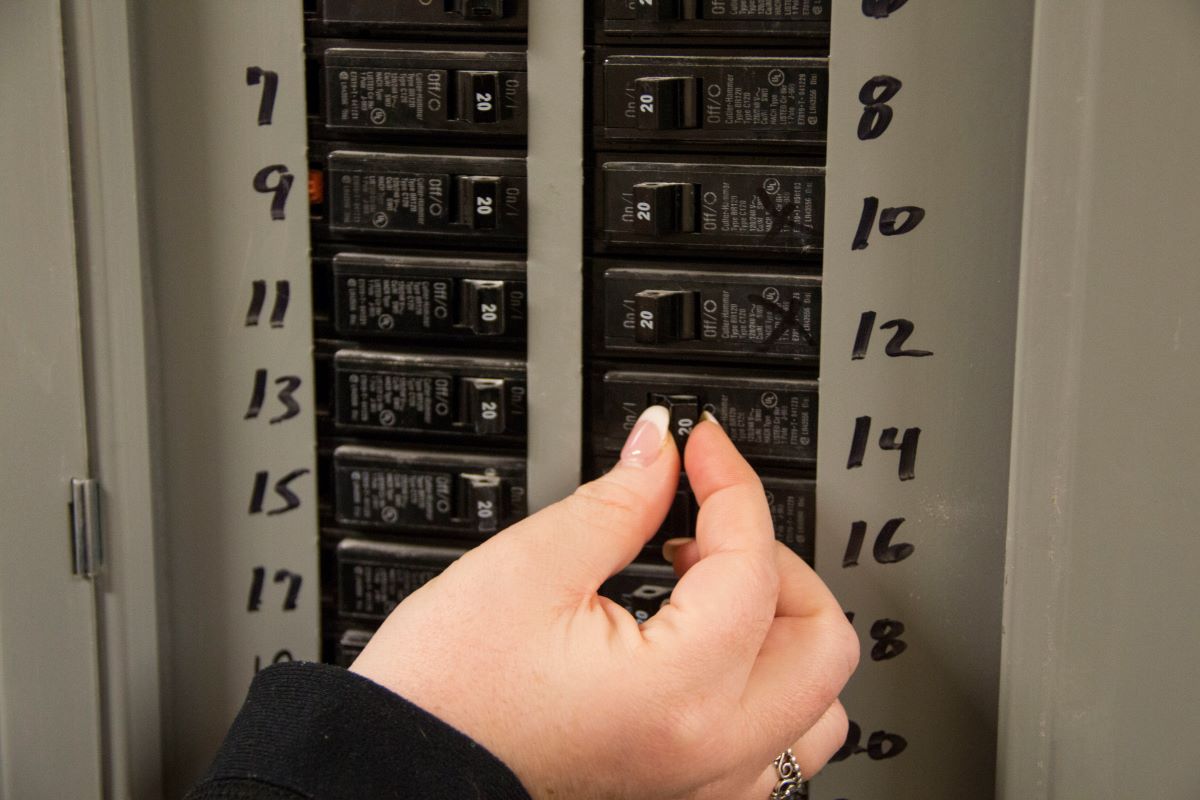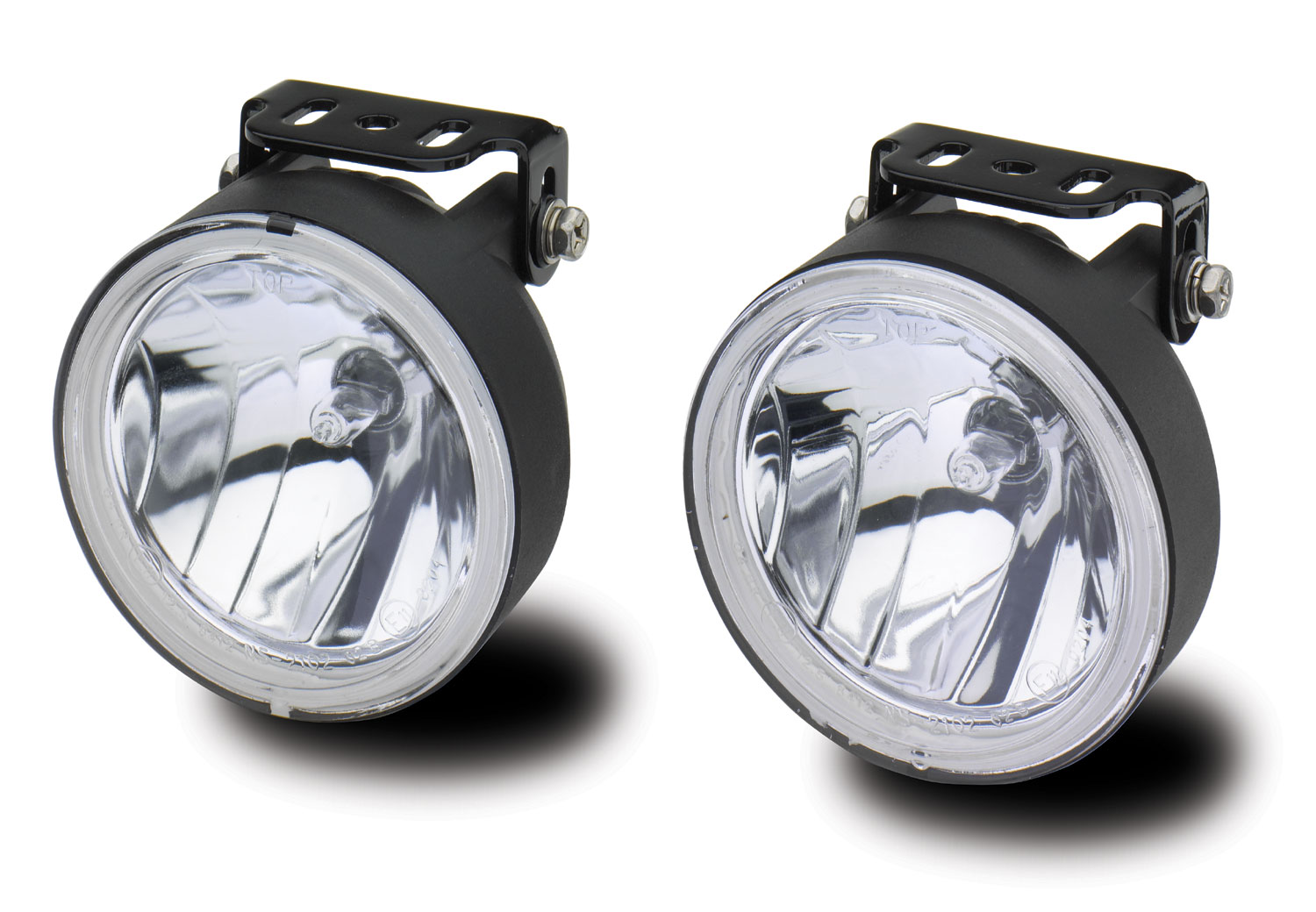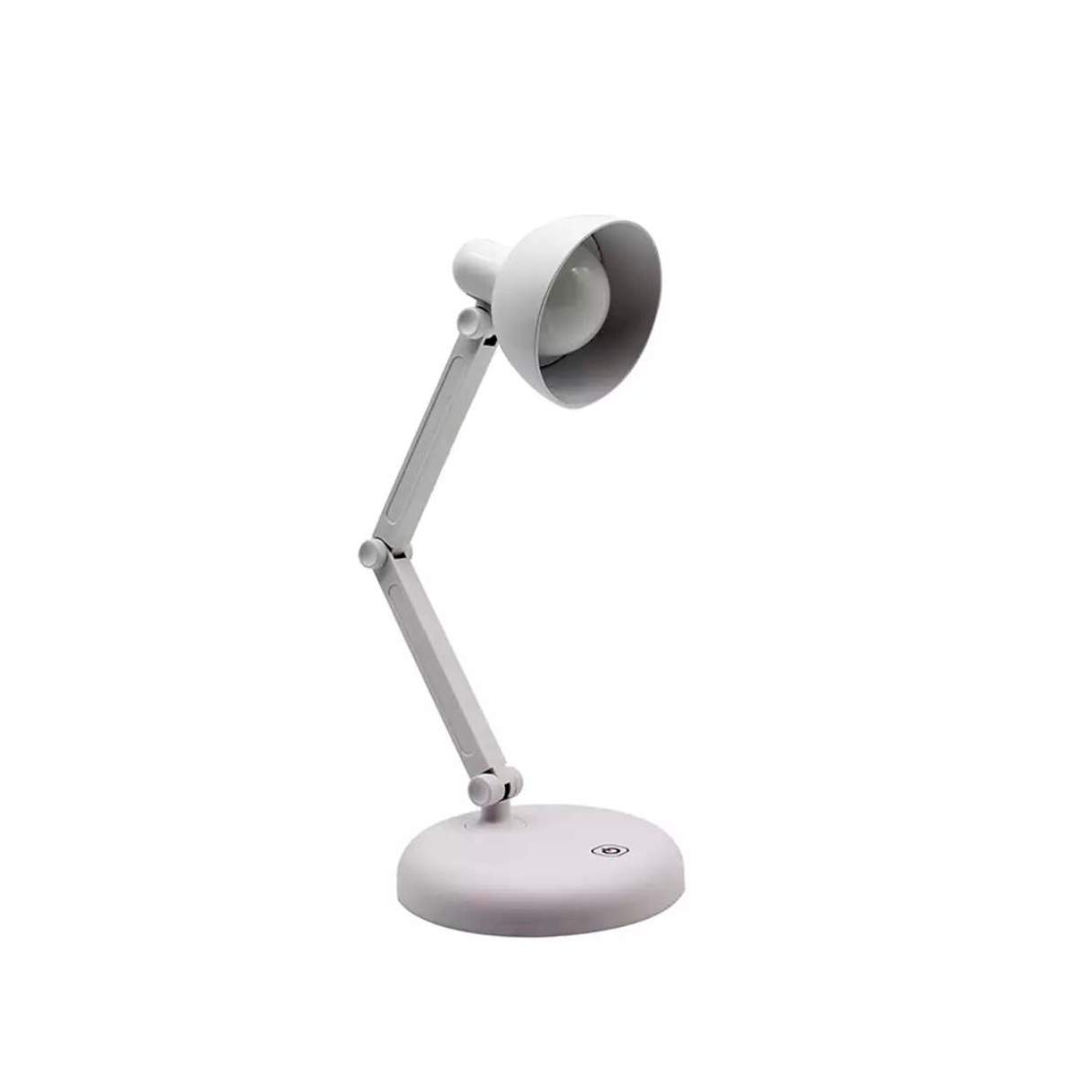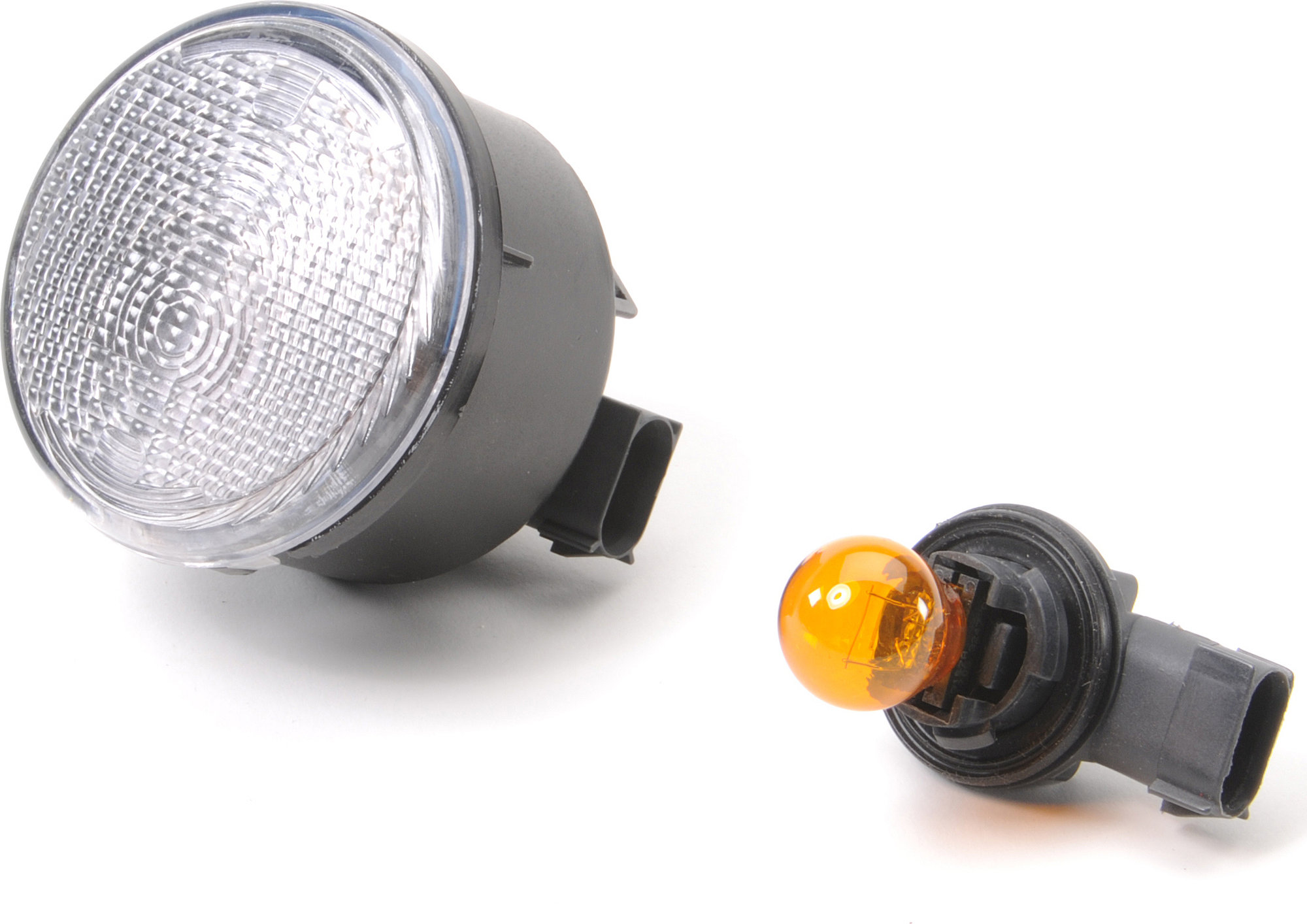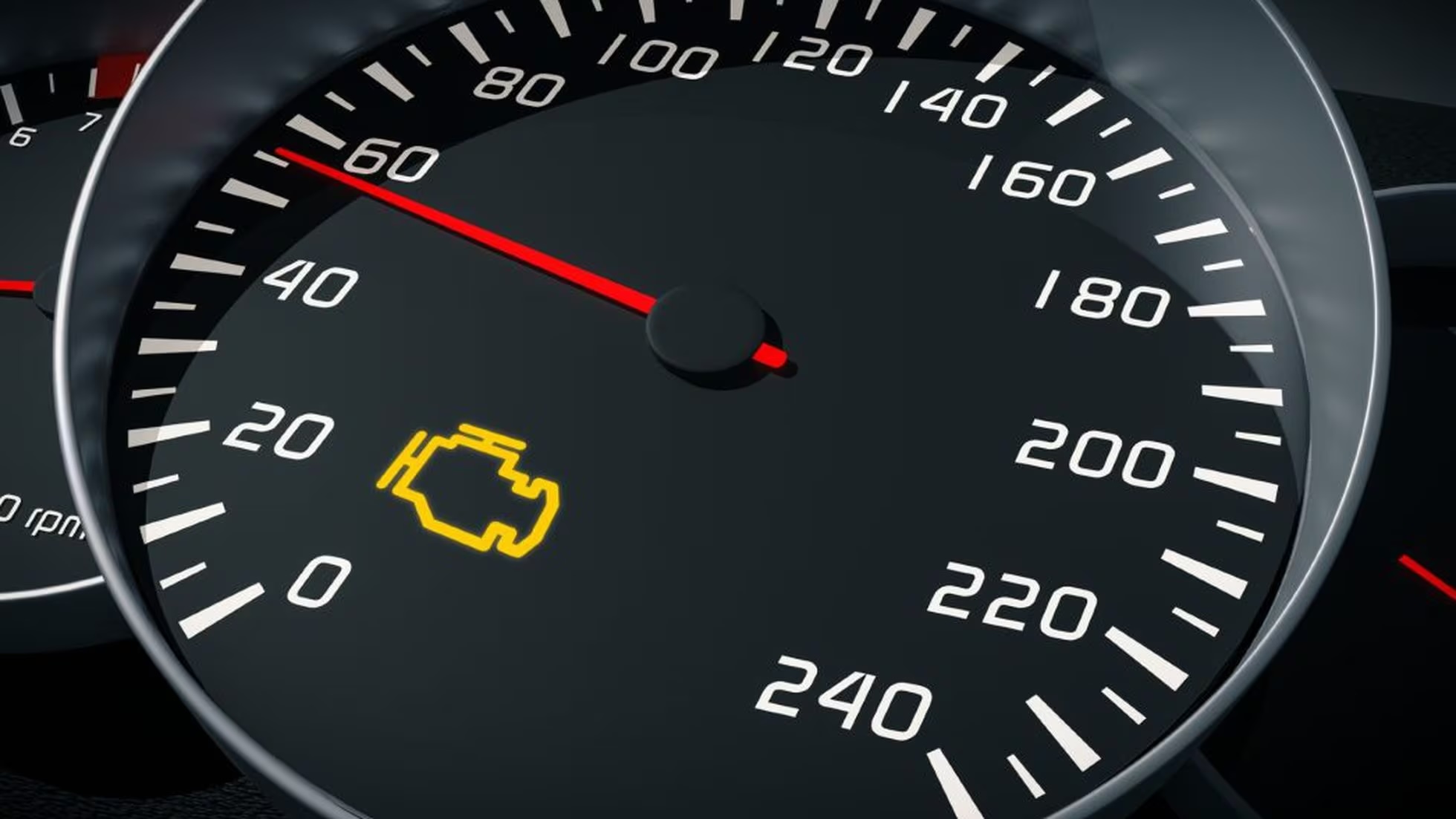

Furniture
What Is Malfunction Indicator Lamp
Modified: December 12, 2023
Learn about the importance of the Malfunction Indicator Lamp in furniture and how it can help identify potential issues with your furniture's functionality. Understand its role in maintaining furniture performance.
(Many of the links in this article redirect to a specific reviewed product. Your purchase of these products through affiliate links helps to generate commission for Storables.com, at no extra cost. Learn more)
Introduction
Welcome to the world of automotive diagnostics! Have you ever been driving along, minding your own business, when suddenly a mysterious light appears on your dashboard? Don't worry; you're not alone. That enigmatic little beacon is known as the Malfunction Indicator Lamp (MIL), and it's there to let you know that something isn't quite right under the hood of your vehicle.
As a car owner, understanding the purpose of the MIL is crucial. This indicator, often represented by the image of an engine, serves as your vehicle's primary means of communication when it comes to potential issues. It's like your car's way of saying, "Hey, something's not quite right here, and it's time to take a closer look."
In this article, we'll delve into the world of the Malfunction Indicator Lamp, exploring its functions, common reasons for activation, and steps for addressing its activation. By the end, you'll have a clearer understanding of what this little light means and how to navigate the potential issues it may signify. So, buckle up, and let's embark on a journey to demystify the Malfunction Indicator Lamp!
Key Takeaways:
- The Malfunction Indicator Lamp (MIL) is like your car’s “check engine” light, signaling potential issues with the engine, transmission, or emissions. It’s your car’s way of saying, “Hey, something’s not quite right here, and it’s time to take a closer look.”
- When the MIL lights up, it’s like your car speaking to you. Addressing issues promptly, like checking the gas cap or seeking professional help, can keep your car running smoothly and prevent costly repairs down the road.
Read more: What Is A Parking Lamp Malfunction In BMW
What Does the Malfunction Indicator Lamp (MIL) Do?
The Malfunction Indicator Lamp (MIL) is an essential component of your vehicle's onboard diagnostics system. Commonly known as the "check engine light," the MIL is designed to alert you to potential issues related to the engine, transmission, or emission control systems. When the MIL illuminates, it indicates that the vehicle's computer, often referred to as the powertrain control module (PCM), has detected a problem that could impact the vehicle's emissions output, performance, or overall drivability.
One of the key functions of the MIL is to notify the driver of the need for attention to the vehicle's systems. This notification is especially important because it can signal problems that may not be immediately apparent during regular driving. By promptly addressing the issues indicated by the MIL, drivers can prevent potential damage to the vehicle and avoid more costly repairs down the road.
It's important to note that the MIL doesn't provide specific details about the nature of the issue. Instead, it serves as a general warning that something within the vehicle's systems requires further investigation. To gain a better understanding of the specific problem, a diagnostic scan using a specialized tool is typically required. This scan retrieves error codes stored in the vehicle's computer, offering valuable insights into the nature of the malfunction.
Ultimately, the Malfunction Indicator Lamp acts as a proactive tool, empowering drivers to take proactive measures to address potential issues before they escalate. By remaining vigilant and responsive to the signals provided by the MIL, vehicle owners can uphold the performance, efficiency, and longevity of their automobiles.
Common Reasons for MIL Activation
The activation of the Malfunction Indicator Lamp (MIL) can stem from a wide array of underlying issues within a vehicle's systems. While the specific cause of MIL activation can vary depending on the make and model of the vehicle, as well as its age and maintenance history, several common reasons are frequently associated with this warning light.
One prevalent trigger for MIL activation is a loose, damaged, or missing gas cap. The fuel system in modern vehicles is designed to maintain a certain level of pressure, and a compromised gas cap can disrupt this balance, triggering the MIL. Fortunately, this issue is relatively straightforward to address and can often be resolved by ensuring that the gas cap is securely fastened and free from damage.
Another frequent culprit behind MIL activation is a faulty oxygen sensor. Responsible for monitoring the level of oxygen in the exhaust gases, a malfunctioning oxygen sensor can lead to decreased fuel efficiency and increased emissions. As a result, the vehicle's onboard diagnostics system may trigger the MIL to alert the driver to this issue.
Additionally, issues related to the vehicle's catalytic converter can prompt MIL activation. A failing catalytic converter can diminish the vehicle's emissions control capabilities, resulting in increased pollution and reduced efficiency. When the onboard diagnostics system detects problems with the catalytic converter, it may illuminate the MIL to prompt further investigation and necessary repairs.
Other common reasons for MIL activation include problems with the mass airflow sensor, exhaust gas recirculation (EGR) valve, ignition system malfunctions, and vacuum leaks. Each of these issues can impact the vehicle's performance, emissions output, or overall drivability, prompting the MIL to serve as a vital indicator of potential problems.
It's important to recognize that while the MIL illuminates to draw attention to potential issues, it does not provide specific details about the nature of the problem. As a result, a diagnostic scan using specialized equipment is often necessary to pinpoint the exact cause of the MIL activation and facilitate targeted repairs.
By remaining attentive to the common reasons for MIL activation and promptly addressing any issues indicated by the warning light, vehicle owners can uphold the performance, efficiency, and environmental impact of their automobiles.
The Malfunction Indicator Lamp (MIL) is also known as the “check engine light.” It illuminates when there is a problem with the vehicle’s engine or emissions system. If it comes on, it’s important to have your vehicle checked by a mechanic to diagnose and fix the issue.
How to Address MIL Activation
When the Malfunction Indicator Lamp (MIL) illuminates on your vehicle's dashboard, it's essential to take proactive steps to address the underlying issues. While the specific course of action may vary depending on the cause of the MIL activation, several general guidelines can help you navigate this situation effectively.
The first step in addressing MIL activation is to ensure that the gas cap is securely fastened. A loose, damaged, or missing gas cap can disrupt the vehicle's fuel system, triggering the MIL. By verifying that the gas cap is properly sealed, you can eliminate this potential cause of the warning light activation.
If the gas cap is not the culprit, it's advisable to seek professional diagnostic assistance to identify the specific issue indicated by the MIL. Many automotive service centers and repair facilities are equipped with specialized diagnostic tools that can retrieve error codes stored in the vehicle's computer. These codes provide valuable insights into the nature of the malfunction, guiding the technician in pinpointing the problem.
Upon identifying the underlying issue, the next step is to address the root cause of the MIL activation. Whether it involves replacing a faulty oxygen sensor, repairing the catalytic converter, or resolving issues with the mass airflow sensor or ignition system, prompt action is crucial. Ignoring the warning signs indicated by the MIL can lead to exacerbated problems and potentially costly repairs down the road.
Once the necessary repairs have been completed, the vehicle's computer may need to be reset to extinguish the MIL. In some cases, the warning light may turn off on its own after a certain number of successful drive cycles following the resolution of the underlying issue. However, if the MIL persists after the repairs have been carried out, professional assistance may be required to reset the vehicle's computer and extinguish the warning light.
It's important to approach MIL activation with attentiveness and a commitment to timely intervention. By promptly addressing the issues indicated by the warning light and seeking professional assistance when needed, vehicle owners can uphold the performance, efficiency, and longevity of their automobiles.
Conclusion
The Malfunction Indicator Lamp (MIL) serves as a vital communication tool between your vehicle and you, the driver. Its role in alerting you to potential issues within the engine, transmission, or emission control systems is invaluable, providing an opportunity to address problems before they escalate. By understanding the functions of the MIL and remaining attentive to its signals, you can take proactive measures to uphold the performance, efficiency, and environmental impact of your vehicle.
When the MIL illuminates, it’s important to approach the situation with a sense of urgency tempered by attentiveness. Common reasons for MIL activation, such as a loose gas cap, faulty oxygen sensor, or catalytic converter issues, highlight the diverse range of potential concerns that the warning light can signify. By promptly addressing these issues and seeking professional diagnostic assistance when needed, you can navigate the path to resolution effectively.
Ultimately, the process of addressing MIL activation underscores the importance of proactive vehicle maintenance and attentive response to warning signals. By taking the necessary steps to resolve the underlying issues indicated by the MIL, you can safeguard the performance, efficiency, and longevity of your vehicle, ensuring many more miles of smooth and trouble-free driving ahead.
So, the next time the enigmatic glow of the Malfunction Indicator Lamp graces your dashboard, remember that it’s your vehicle’s way of speaking to you. Embrace the opportunity to listen, understand, and take action, knowing that by doing so, you are safeguarding the well-being of your automotive companion.
Frequently Asked Questions about What Is Malfunction Indicator Lamp
Was this page helpful?
At Storables.com, we guarantee accurate and reliable information. Our content, validated by Expert Board Contributors, is crafted following stringent Editorial Policies. We're committed to providing you with well-researched, expert-backed insights for all your informational needs.

